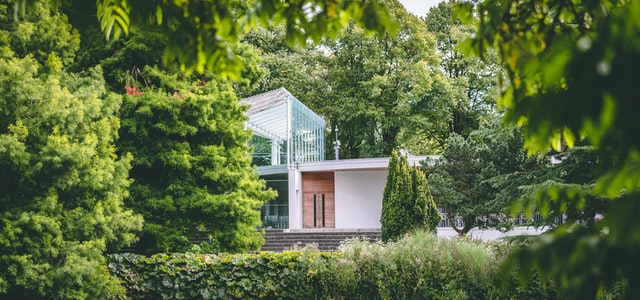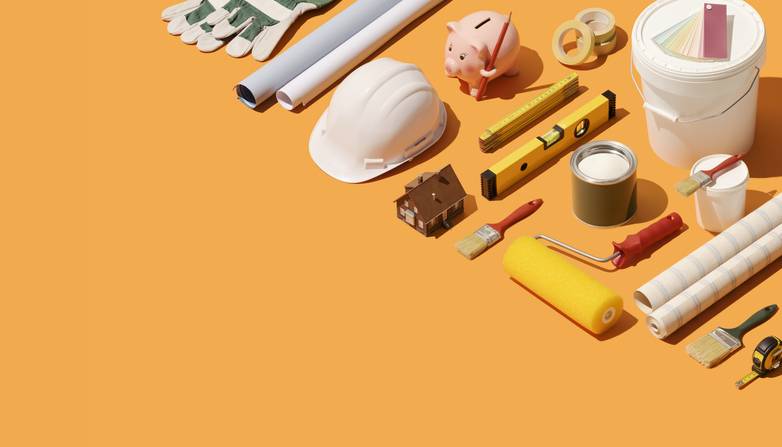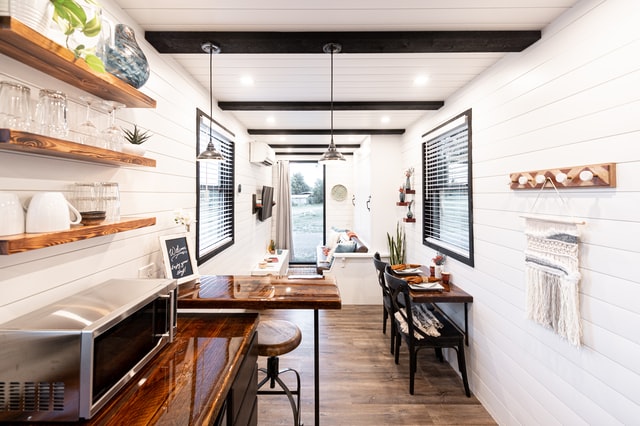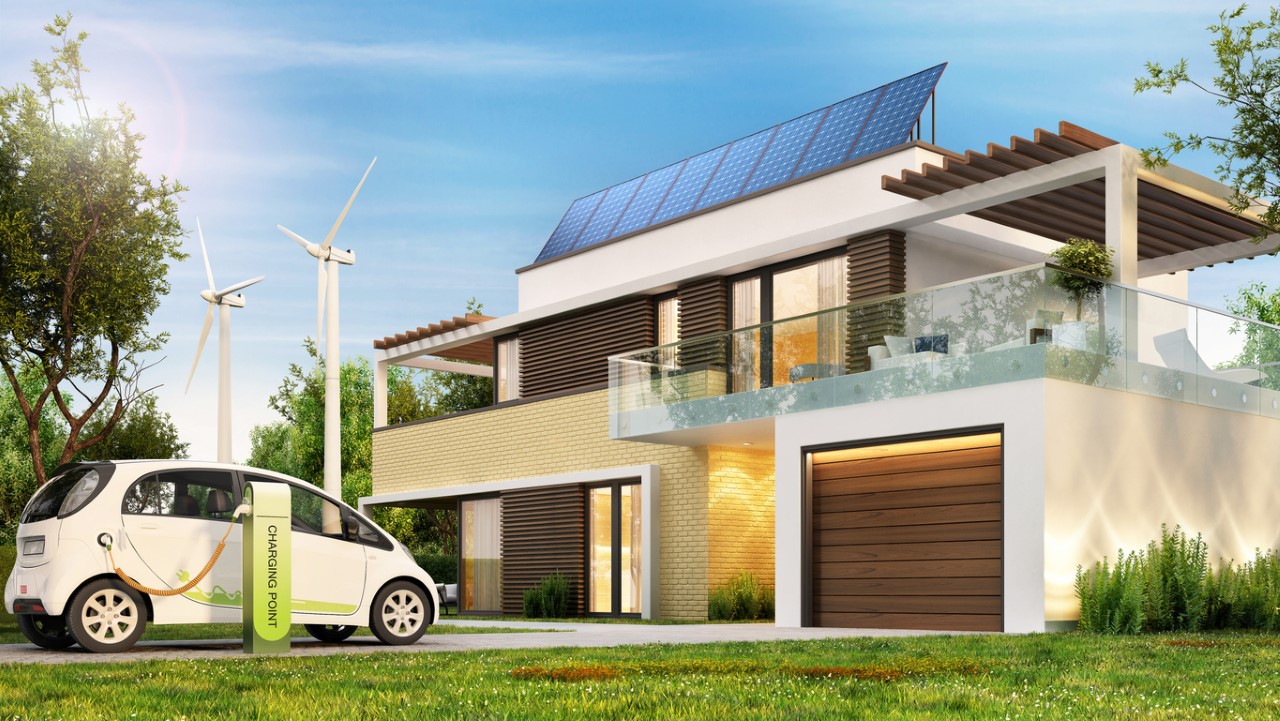When you’re considering a future of homeownership, it makes sense to think about the impact your home will have on the planet.
There are many ways to make a home more sustainable, energy-efficient, and environmentally friendly. When you choose an eco-home, the house planning and architecture have already been optimized for the latest technologies in sustainability — and impeccable, modern style. With features like renewable energy, eye-catching design, and transportability, the home of the future can easily become your dream home.
If you build an eco-friendly home the right way, you’re doing little damage to the planet during and after construction. Some homes are more eco-friendly than others — and some that you think would be “green” are actually not. In many cases, how sustainable your home is will depend on your local climate and the type of home you are considering. Using sustainable materials like hempcrete can significantly reduce the environmental impact of your home. Your lifestyle is also a factor — a small, sustainable home is probably a very simple home, but living in a small or eco-friendly home doesn’t mean a low standard of living. A green home can be ultra-luxurious, or it can be a cozy, humble abode.
Five types of eco-friendly houses
If you are building a sustainable home or looking for an eco-friendly house to buy, it’s important to look at the features and benefits each type has to offer before making your decision. Your lifestyle, budget, sustainability standards, location, and personal style are all very important things to consider if you are thinking about building or buying an eco-friendly home.
While they all offer a unique look and feel, some homes that are considered “future homes” are more sustainable than others. Here are five types of future homes to consider if you’re looking to seriously lower your carbon footprint.
Your budget, where you live, and how willing you are to make potentially big changes in your life will all determine what kind of eco-friendly home is an option for you.
Earthship homes

An Earthship is designed to promote sustainable living by not drawing on non-renewable resources. Using wind turbines, solar panels, and other methods of generating energy, the Earthship is completely self-contained and even features a water management system that both purifies drinking water and waters the landscape plants.
An Earthship typically is built to have the northern, rear wall built into a hillside, with the front of the building facing south to maximize the light and heat of the sun. The southern walls are generally made of slanted glass, and the outside walls of the Earthship are insulated with materials that would otherwise be sitting in a landfill, like aluminum cans, plastic bottles, and old tires. The interior walls are covered with stucco or adobe to finish the surfaces and give the place a homey feeling.
An Earthship structure works particularly well in places like the southwestern United States, where the air is fairly dry and the winters aren’t that harsh. If you’re considering an Earthship for a northern climate, like that of Canada, or a humid climate like in Texas, look into cold-adapted Earthship building and other special, customizable features that can make an Earthship viable in any climate.
Dome homes
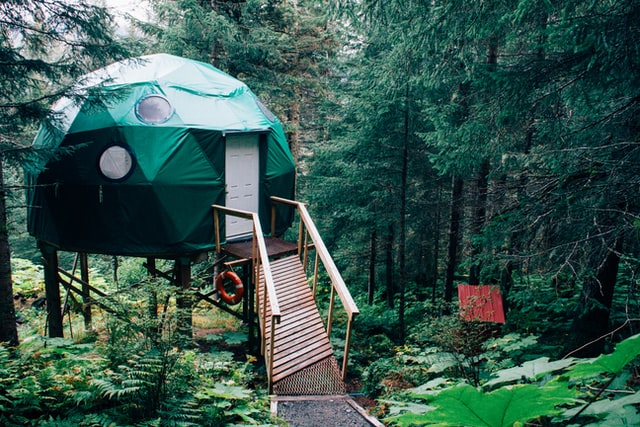
Dome homes are built in the shape of a sphere from rammed earth, adobe, or even Aircrete. They have many advantages over traditional homes, including being low-cost and energy-efficient. Typically built in a one-piece format, dome homes have no seams or cracks for drafts to enter through. This means big savings on utilities — especially if you use solar panels, which operate more efficiently on dome homes than on traditional “box”-style homes.
Dome houses are highly disaster-resistant and can generally withstand earthquakes, hurricanes, tornadoes, and fires. In fact, dome homes qualify as a safe room by FEMA standards.
Plus, dome homes just look cool.
3D printed homes
A 3D-printed house is made by large 3D printers that create the structure out of plastic, concrete, and other inexpensive building materials. While this method of building a house is still in the research phase, it’s very likely that one day soon, our homes will be built by large, 3D printing robots.
3D printing in construction can make homes take any shape or form. Amazingly creative humans from all over the world are currently experimenting with prototypes and models in an attempt to create low-cost, high-volume housing that’s secure, comfortable, and beautiful.
Houseboat homes

Would you be at home on the waves? Whether you’re looking for a place to get away to or a permanent home, living on a boat is a pleasant, minimalist experience. It’s one with limited storage options, which may force you to considerably downsize your belongings — never a bad thing. While a floating home may not sound as comfortable as a regular house, you can make it as cozy and homey as you wish.
For the right person, a houseboat is a dream living situation. A houseboat allows you to travel, keeping the scenery fresh and new. The sunrise and sunset over the water are always part of the daily view. Not to mention the sweet solitude and peace you will feel as you are lulled to sleep by the waves rocking your boathouse back and forth before you drift off to sleep.
A houseboat is a smart choice if you live in an area that’s prone to hurricanes or flooding. They’re much less expensive than a regular home and take a lot less to furnish and outfit because of the limited space. Less space with less stuff means less to clean up each week, and since there’s no yard to maintain, living on a boat could save you a lot of time.
Glass homes

Homes that are made from glass or mostly glass offer the ultimate viewing experience in your living quarters. Imagine yourself surrounded by the wonders of nature — as if the outdoors were indoors.
One of the biggest advantages of a glass house is that glass is recyclable, which means a low environmental impact. Glass brings in lots of natural light, which has benefits for wellbeing — and your house plants. A glasshouse is beautiful to look at (and through!), and features like solar control, UV blocking, and heat reflection make it comfortable to live in, too.
Features of an eco-friendly home
At a minimum, an eco-friendly home should offer the following benefits:
- Insulated walls, floors, and ceilings
- Double-glazed windows
- Maximum use of the sun for light and heat
- Energy- and water-efficient appliances, light bulbs, fixtures, and utilities
- Renewable energy, such as solar or wind
- Temperature-regulating walls
- Non-toxic building materials
- Minimal waste of resources
- Local and native plant landscaping
- Compost and other waste management on-site
- Rainwater water collection and other ways of harvesting water
Choosing your future green home
No matter what type of green home you choose, considering the zero waste movement, your impact on the environment is a wise move. Making a choice to purchase a home that’s smaller and more energy-efficient is not only trendy, but it’s also smart for your finances and for the health of the earth. The development of green buildings and sustainable residences will only continue to become more popular, with more features that provide energy efficiency and reduction of environmental impact.
